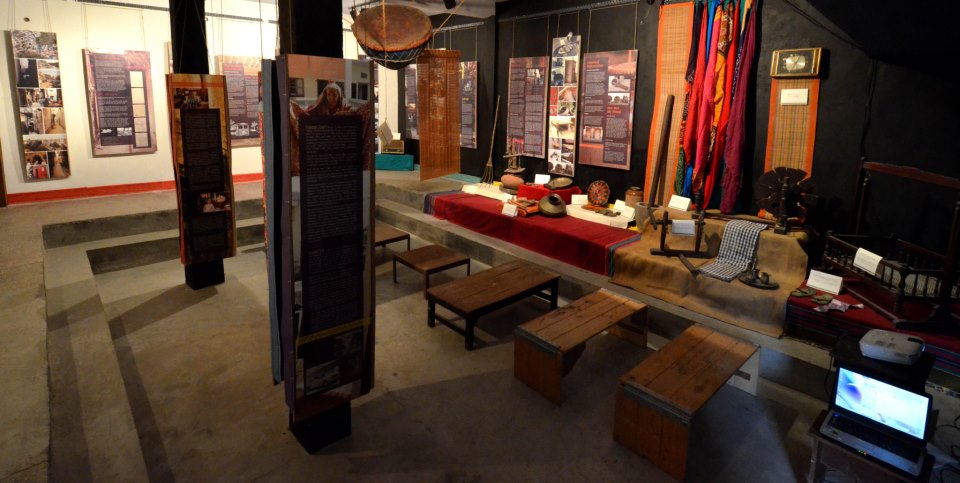West Delhi District
Need to build inclusive cities in the post-pandemic world
Posted on 12 May, 2020 08:36 PMWhen migrants headed home after Covid-19 lockdown 1.0, Sarojini was suddenly caught off-guard. She decided against moving, after an initial urge to leave for her village in Samastipur, Bihar. Her two sons stay with her at Delhi, doing daily wage labour work, while she works as a domestic help.

Puppets talk, people listen
Posted on 14 Jun, 2015 10:31 PMAll the world’s a stage and all men and women players in it, said Shakespeare. Kathputli Colony in Delhi is living testimony to this. ‘Kath’ means wood and ‘putli’ is the Hindi word for a doll or puppet.

Water for All & Other Poems: Poetry with a purpose
Posted on 06 Mar, 2015 05:06 PMAn engineer or an ecologist talking about water may not cause many heads to turn, but when they do it through poetry, there is a chance that more people will take notice.

An exhibition at Studio Safdar in Shadi Khampur traces the history of the urban village and its water systems
Posted on 10 Feb, 2013 07:12 PMGuest post: Amita Bhaduri
West Delhi’s dusty neighbourhood, Shadi Khampur now has its own museum, in the traditional brick-and-mortar sense. I live nearby, have worked out of an office here and am familiar with the alleyways. But I got to know only now, what life in the neighbourhood was like. Its rich history and its connect to larger narratives from the past, like the series of land acquisitions in Delhi, the Emergency, and the anti-Sikh riots of 1984 which had gone largely undocumented and unarchived have been chronicled in the Neighbourhood Museum of Local History of Shadi Khampur, at Studio Safdar, a cafe cum bookstore.

Neighbourhood Museum at Studio Safdar
Source: Facebook page on “Public Art Project at Studio Safdar”